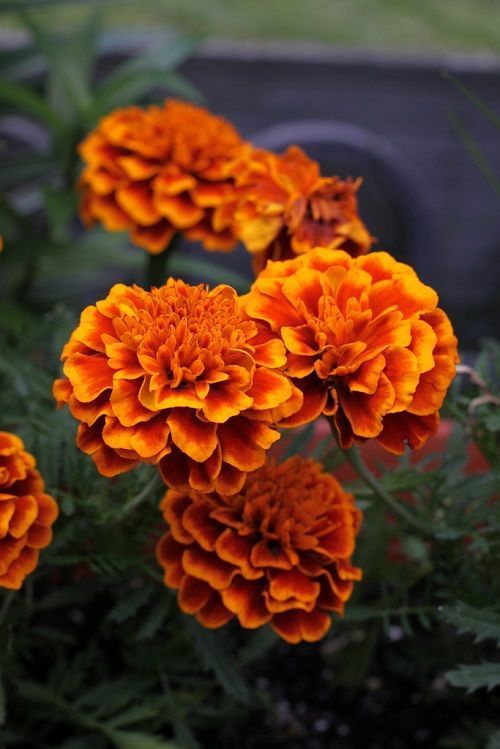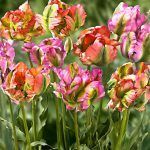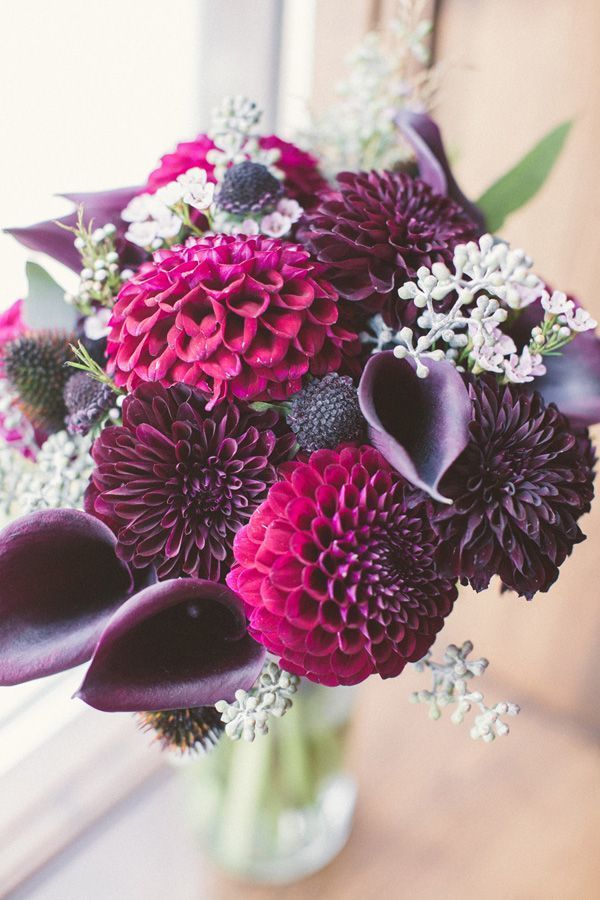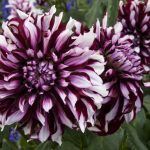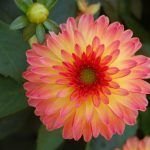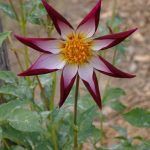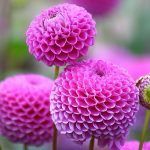Planning & Inspiration
Flower Feature: Peony
The peony is a gorgeous flower admired for its impressive bloom, lush petals, and unique texture. Mainly found in white, peonies also grow in an array of hues from light pink and purple to a deeper red.
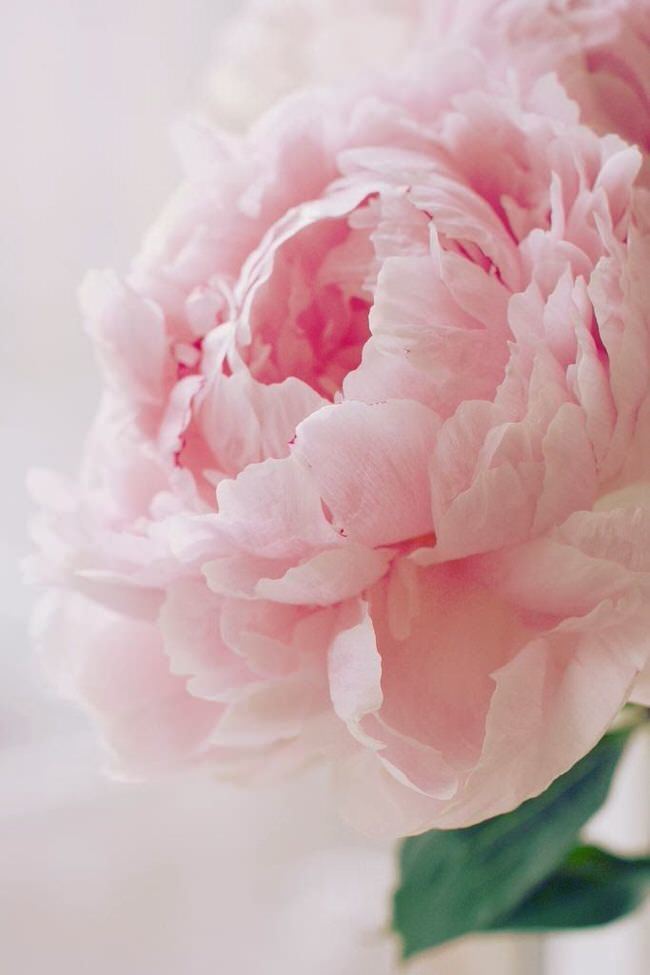
Single Pink Peony – Perfect Peonies – by Kathy Woodard – via The Garden Glove.com
Nearly unrecognizable in the early bloom stage, the peony starts out as a tightly condensed flower bud. Once the bud is cut and placed in warm water, the petals begin to open up. It continues to expand until becoming this elaborate, beautiful flower full of color, texture, and dimension. Though it looks delicate, the peony in full bloom is prized for its sturdy foliage and low maintenance care.
Read More


